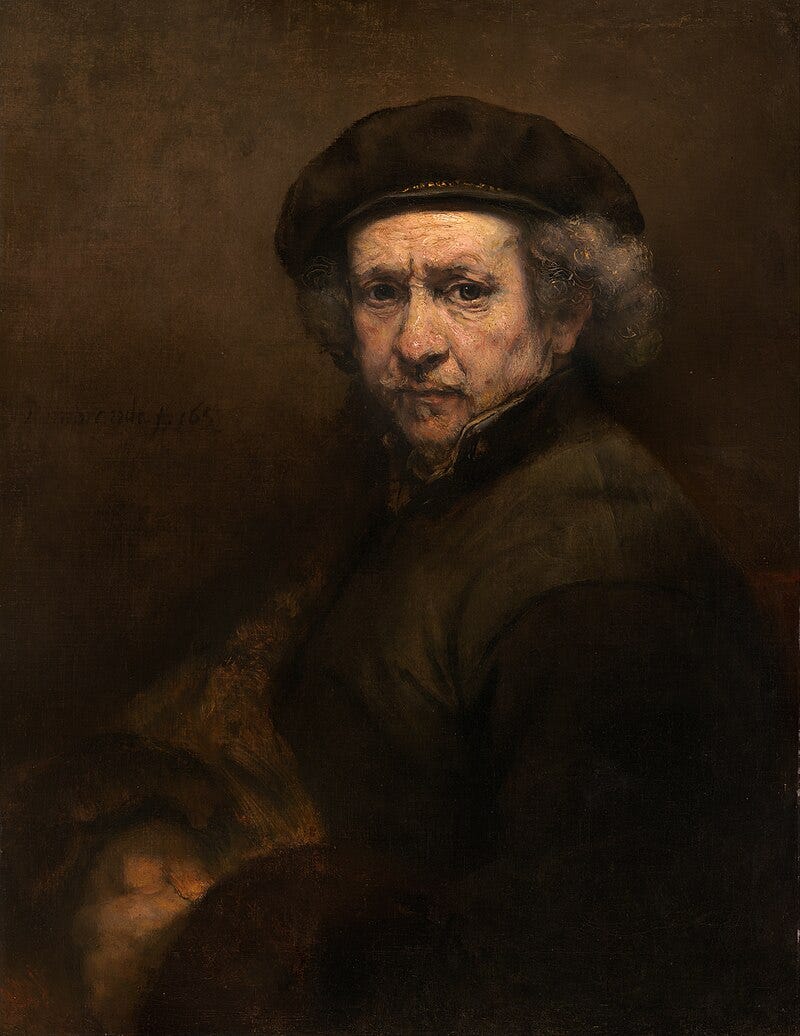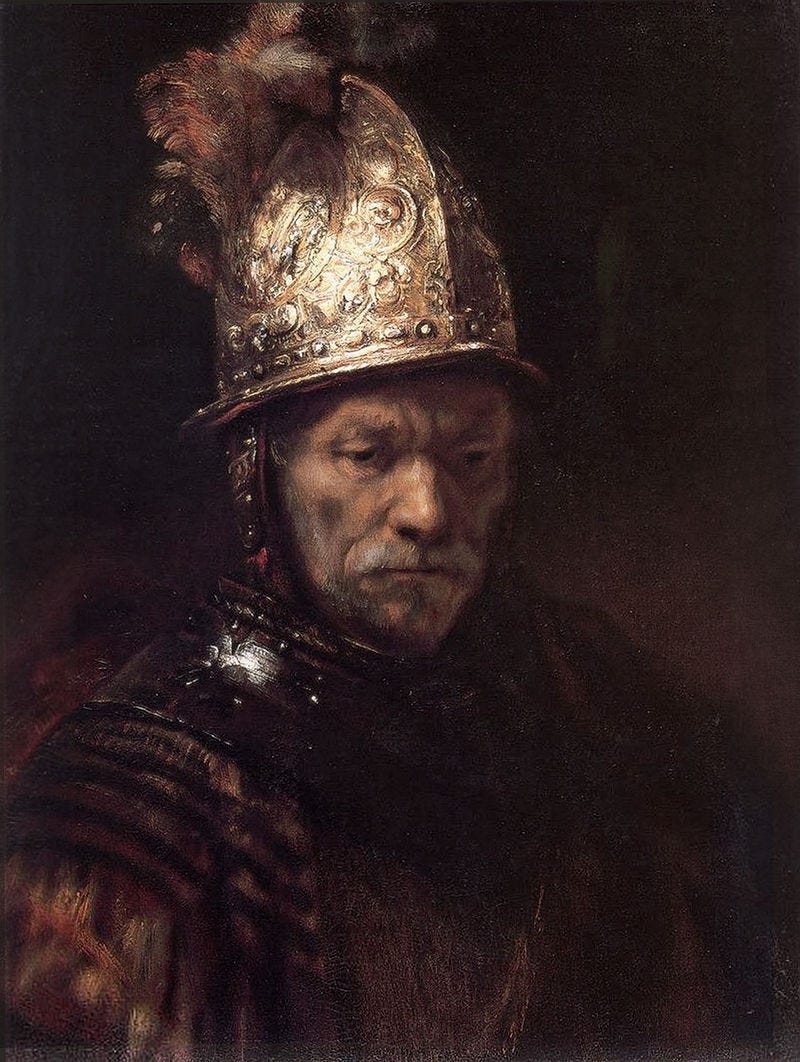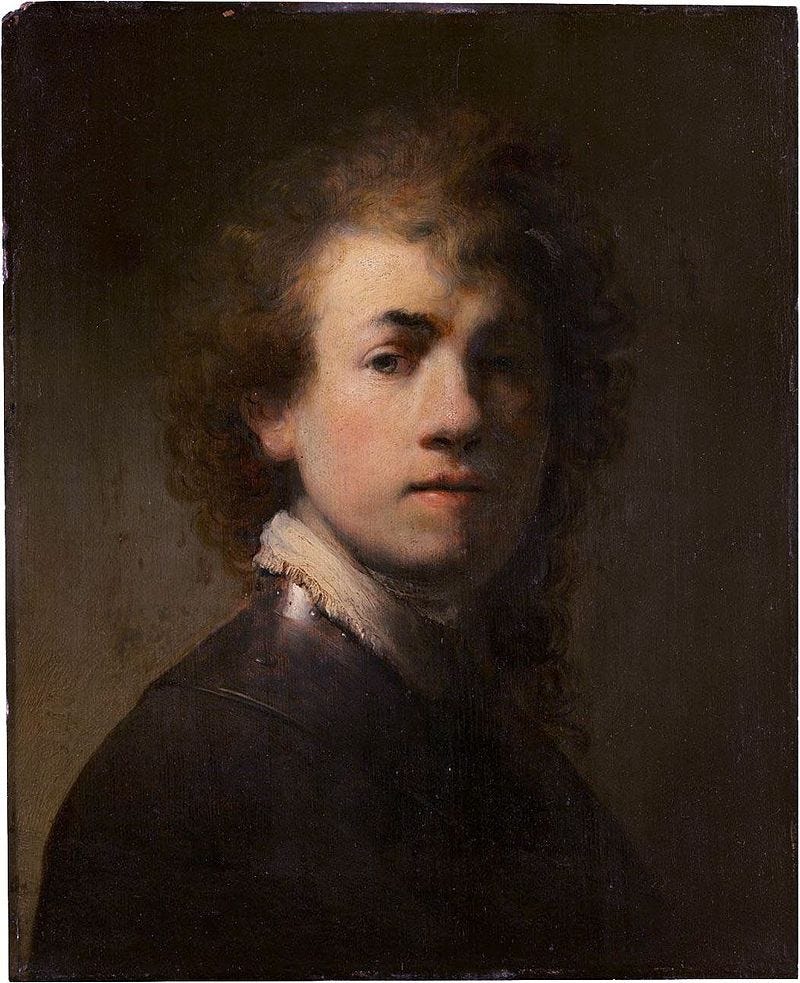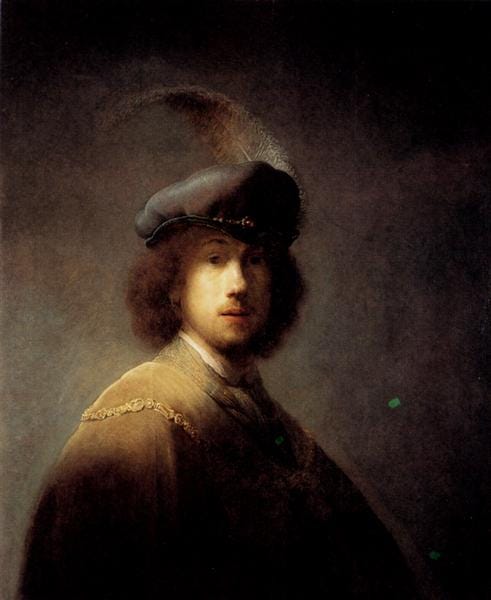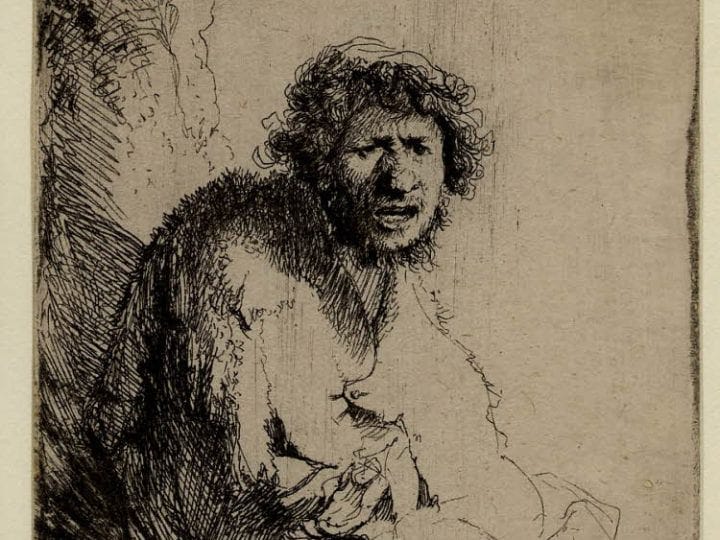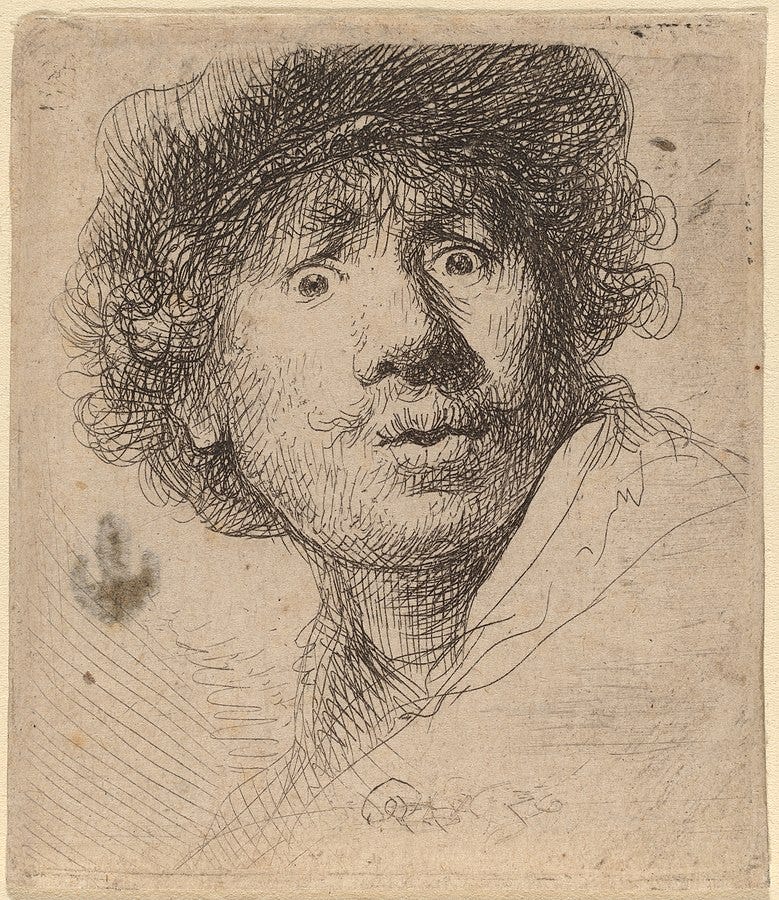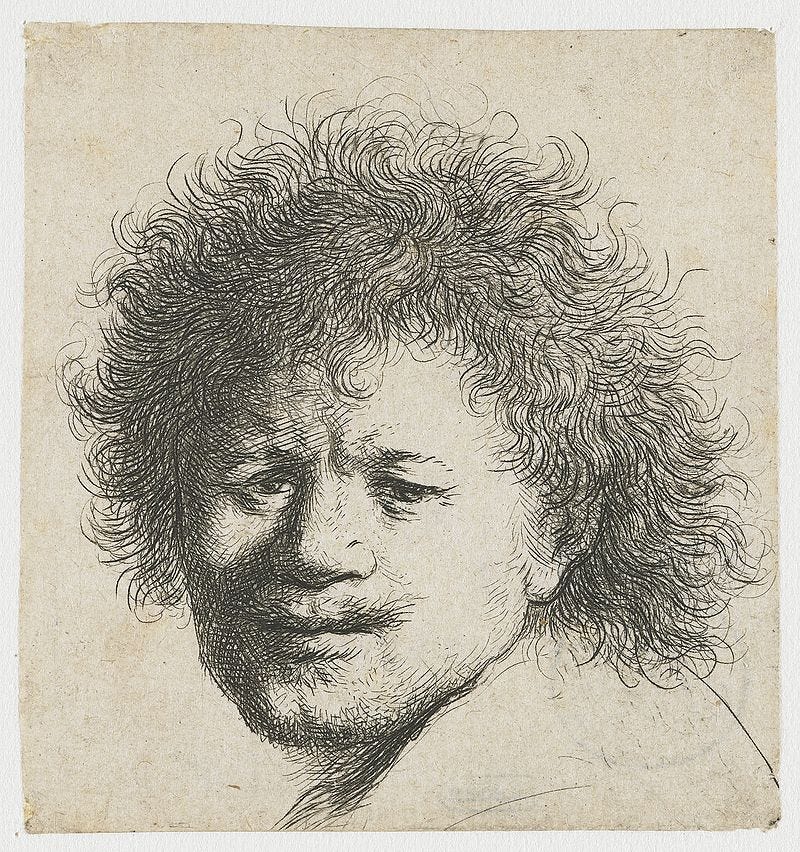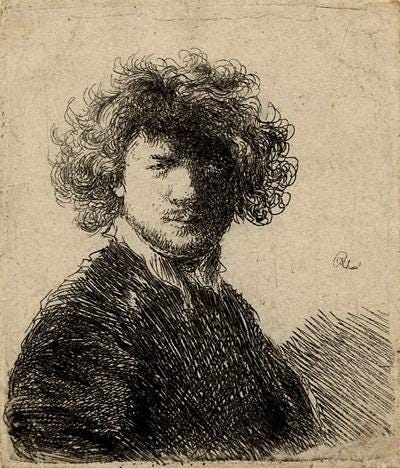“Please restrain yourself! This is my painting. I shall be paying you £30,000 for this unauthenticated copy of a French Rembrandt…There, that’s a splendid nose!…Keep that and you can burn the rest.”
If, of yourself, you make an enthusiast of art, there’s almost no reason why you should not have heard of Rembrandt. Born in 1606 in the Dutch Republic to a considerably well-off family of which he was the ninth, by 1625 he had already undergone apprenticeship with artists celebrated and those nameless and set up a studio in sharing with his closest colleague Jan Lievens. One of his very first buyers was Joan Huydecoper, a prominence of finance in Amsterdam and a director of the Dutch East India Company. Dutch Golden Age maestros Ferdinand Bol and Govert Flinck were among a few pupils of his.
There are a hundred retellings on his versatility and another couple on his chiaroscuro, and you can read them elsewhere, but if come to me, you, learn of his art’s epicenter, the nose.
A modest description of Rembrandt tells you of his love for himself. Among all the things he is celebrated for, his self-portraiture is most generously mooted.
Rembrandt produced some seventy-odd self portraits in over a forty-year period. And in weaving these images of his own, he was, in materiality, lacing a string of sittings of different settings. He drew himself as a courtier, a beggar, a royal prince, a laugher and a frowner.
In essence, he loved to paint the mirror. But more than the image there, he paid no greater attention to the painting than to the nose. As Michael Taylor notes,
There are no summary noses in his paintings, and especially not in the “free” oils of his late manner. He rendered the complexion of a nose with the same fastidiousness he brought to paraphrasing the sheen of velvet or fur.
Rembrandt’s nose is beyond flesh and bone. It is, so to speak, a marker of distinction. All (or almost all) Rembrandt faces are partially eclipsed, and the nose is the dividing factor. The source of light in these portraits, or even the angle of the sitter’s face, is always tilted in such a manner that the ridge of the nose forms the demarcation between the lit and the dim.
The nose is an actor. The Protean Artist-Actor. Of all that he throws on the portrait, the most meticulous service is given to the nose. The tip, whether it be round like his or sleek like other sitters, always occupies the center of the gaze cast by the viewer. The most petrifying of his experiments with the nose remains, for me, the one done in 1629.
The nose and the ridge perform the act of a scale in the most raw manner. It bars the source of light from exploring beyond the allowed portions of the canvas. What remains untouched by light stays marred only by a shadow of the other side and yet, contributes as much to the gentle, almost unnoticeable frown forming on his face.
And Rembrandt loved his noses. He painted himself a royal and at the same time a beggar, but the nose stood stout as ever. And served the same purpose.
It is to be gathered that of all the contours in art, the nose is the most difficult to produce. It is essentially the center of how the face is going to come out. You simply cannot veil the nose, it is always there.
The nose is the face's most fixed shape. You cannot convey more than what is permitted, unlike the eyes and brows. It can only frown so much as to complement the more disclosing and telling elements. And yet, a facial storytelling without a suit and dancing nose is always an anomaly.
Taylor conveys:
Whether a nose is wasted by sickness, garnished with warts or pustules, purpled by intemperance, smashed by a fist, scarred by a blade, swollen by a bee sting or puffy sinus, or is “strong” or “weak”, “sad” or “stern”, “patrician” or “plebeian”, its possessor can no more help its appearance than he can control a sneeze. Except, of course, when delineating his own likeness. Then he is both god and craftsman.
The nose is an actor. And it is Rembrandt’s nose. I have more to speak of Rembrandt, and I shall come with it later, but let this be a reign of his nose. The Protean Artist-Actor.



